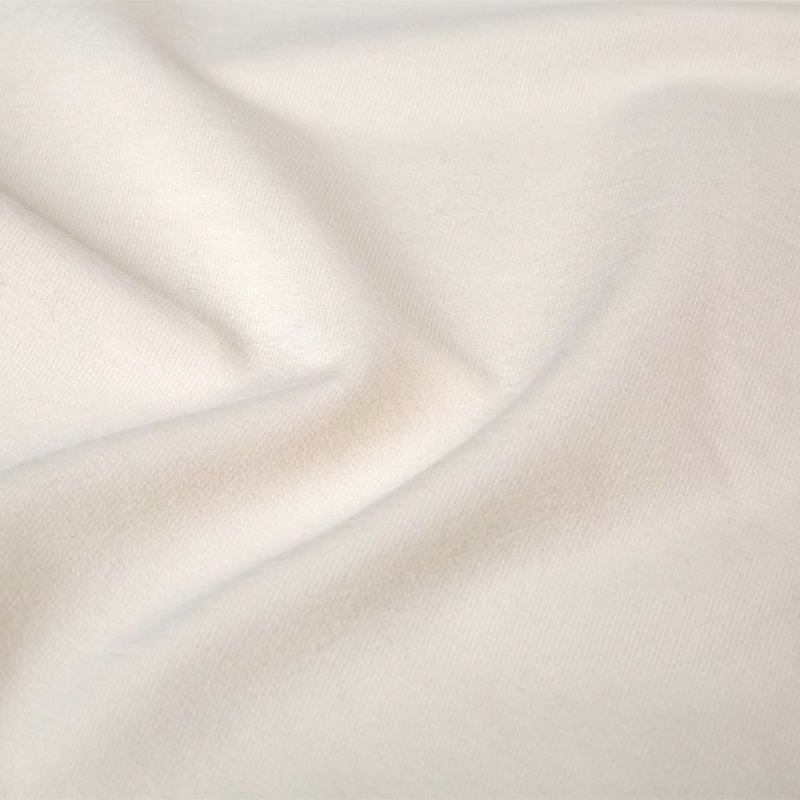When using terrycloth fabrics, some considerations regarding color fastness and dyeing techniques must be taken into account, especially in applications where color plays an important role. These include:
Fabric composition: Terry cloth fabric is usually made from cotton, but may also include a blend of synthetic fibers. Fabric composition can affect dye absorption and color fastness, so it is important to understand the fabric content before choosing a dyeing technique.
Pre-treatment: Before dyeing the fabric, it is important to perform proper pre-treatment. This may include finishing, sizing, or washing the fabric to remove impurities that may interfere with dye absorption. It is also beneficial to pre-soak the fabric in a dye fixing solution to increase color fastness.
Dye Selection: Selecting the right type of dye is critical to achieving the desired color result and ensuring color fastness. Depending on the composition of the fabric, different types of dyes may be suitable, such as reactive dyes, direct dyes, and fiber-reactive dyes. We recommend following the instructions provided by the dye manufacturer and testing the dye on a small fabric sample before attempting any full-scale dyeing.
Dyeing Techniques: Toweling is relatively easy to dye as it has excellent water absorption properties. However, the choice of dyeing technique can affect the color finish. You can use techniques such as dip dyeing, tie dyeing, and dip dyeing. It is important that the dye is evenly distributed and penetrated throughout the fabric.

Temperature and time: The temperature and time of the dyeing process can affect color fastness and color intensity. To achieve the desired color result and ensure good color fastness, it is important to follow the dye manufacturer's instructions regarding recommended temperatures and times.
Post-processing and care: After dyeing, proper post-processing and care is required to maintain long-term color fastness. This involves rinsing the fabric thoroughly to remove excess dye, then washing and drying it according to care instructions. We recommend using mild detergents and avoiding excessive heat or harsh chemicals that can fade or damage the color.
Testing: We always recommend running tests on small fabric samples before dyeing larger fabrics to ensure desired color results and understand any limitations or challenges specific to terrycloth fabrics.
Considering these aspects will help ensure good and long-lasting color results when using terry cloth fabric.
.jpg?imageView2/2/format/jp2)




.jpg?imageView2/2/format/jp2)



.jpg?imageView2/2/format/jp2)

